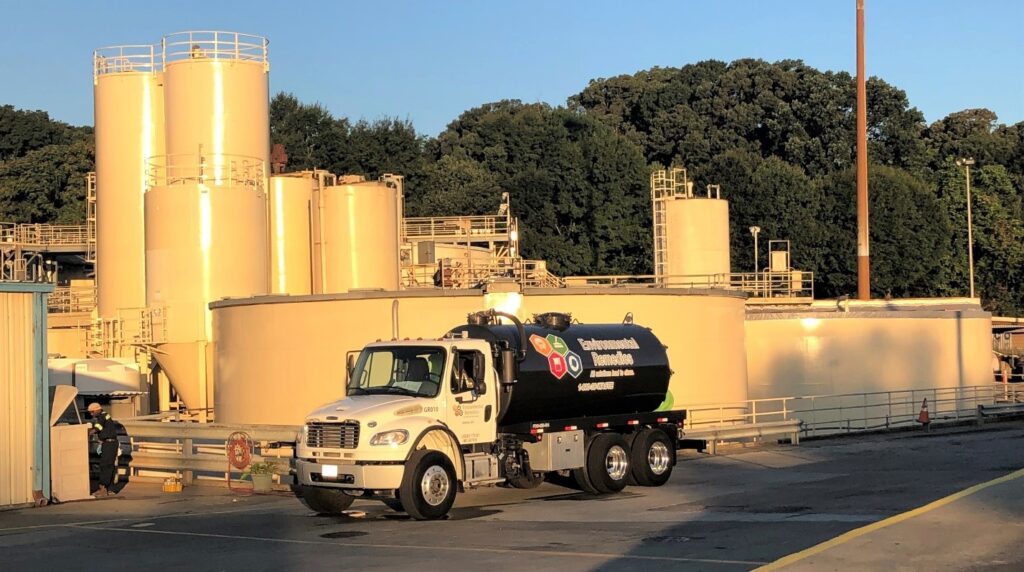Efficient and timely maintenance of industrial tanks is crucial for businesses to ensure smooth operations and prevent costly disruptions. However, traditional manual monitoring and scheduling processes can be time-consuming and prone to human error. Fortunately, advancements in technology have revolutionized the way many of our customers manage their tank levels. By embracing automated monitoring & notification technology, you too can improve efficiency and reduce the risk of servicing delays.
Seamless Notifications for Efficient Service Scheduling:
It is not uncommon these days for most companies who need to monitor tank levels to utilize some sort of technology to do so. Automated tank level monitoring systems utilize sensors and advanced technology to continuously measure tank levels. These systems accurately detect levels and promptly transmit data to a central monitoring platform.
With automated monitoring technology in place, our customers no longer need to manually track tank levels or remember to schedule service. Instead, the system triggers email notifications to our service team when the tank reaches a predetermined level and we schedule the service. This automated process ensures timely service scheduling, reducing the risk of overflow or downtime.
Automated tank level monitoring optimizes resource allocation for both customers and service providers. Customers can focus on core operations without the need for dedicated personnel to monitor tanks regularly. The technology eliminates the guesswork of determining when service is required, ensuring that resources are utilized efficiently and maintenance can be performed proactively.
Identifying Need for Critical Maintenance:
Anomalies in the fill level data can indicate potential issues within the tank. A sudden and unexpected change in the fill level could suggest a buildup of sediment, sludge, or other contaminants that require a full tank cleanout. By analyzing the historical data and detecting significant deviations, maintenance needs can be identified proactively.
Tank monitoring systems can integrate various sensors beyond level sensors to collect additional data about the tank’s condition. For instance, pressure sensors or moisture sensors, can provide insights into potential leaks, structural integrity concerns, or corrosion.
Advanced tank monitoring systems utilize data analysis algorithms and machine learning techniques to identify patterns and anomalies. By analyzing the collected data from multiple sensors, these systems can generate alerts or trigger maintenance notifications when specific criteria or thresholds are met. For example, if a combination of level, temperature, and pressure data indicates a high likelihood of sludge accumulation or contamination, the system can recommend a full tank cleanout.
By correlating the data from tank sensors with scheduled maintenance activities, the system can automate notifications for critical maintenance work like full tank cleanouts. These notifications can be sent directly to Environmental Remedies so that we can get these services scheduled and completed. This integration ensures that maintenance activities are carried out timely and efficiently, reducing the risk of operational disruptions or equipment failures.

The adoption of automated tank level monitoring and notification technology is transforming the way our customers manage their industrial tanks. By eliminating manual monitoring and scheduling tasks, this technology streamlines maintenance processes, improves efficiency, and reduces the risk of emergencies. With timely notifications, allowing for proactive service scheduling, our customers can focus on their core operations while ensuring optimal tank performance.
We are committed to helping our customers take advantage of the latest and greatest technology in our industry, in an effort to help reduce or even eliminate the time our customers have to spend worrying about servicing and maintenance. Contact us today to see how we can help you! Give us a call at 404-627-5931 or email us at [email protected].






